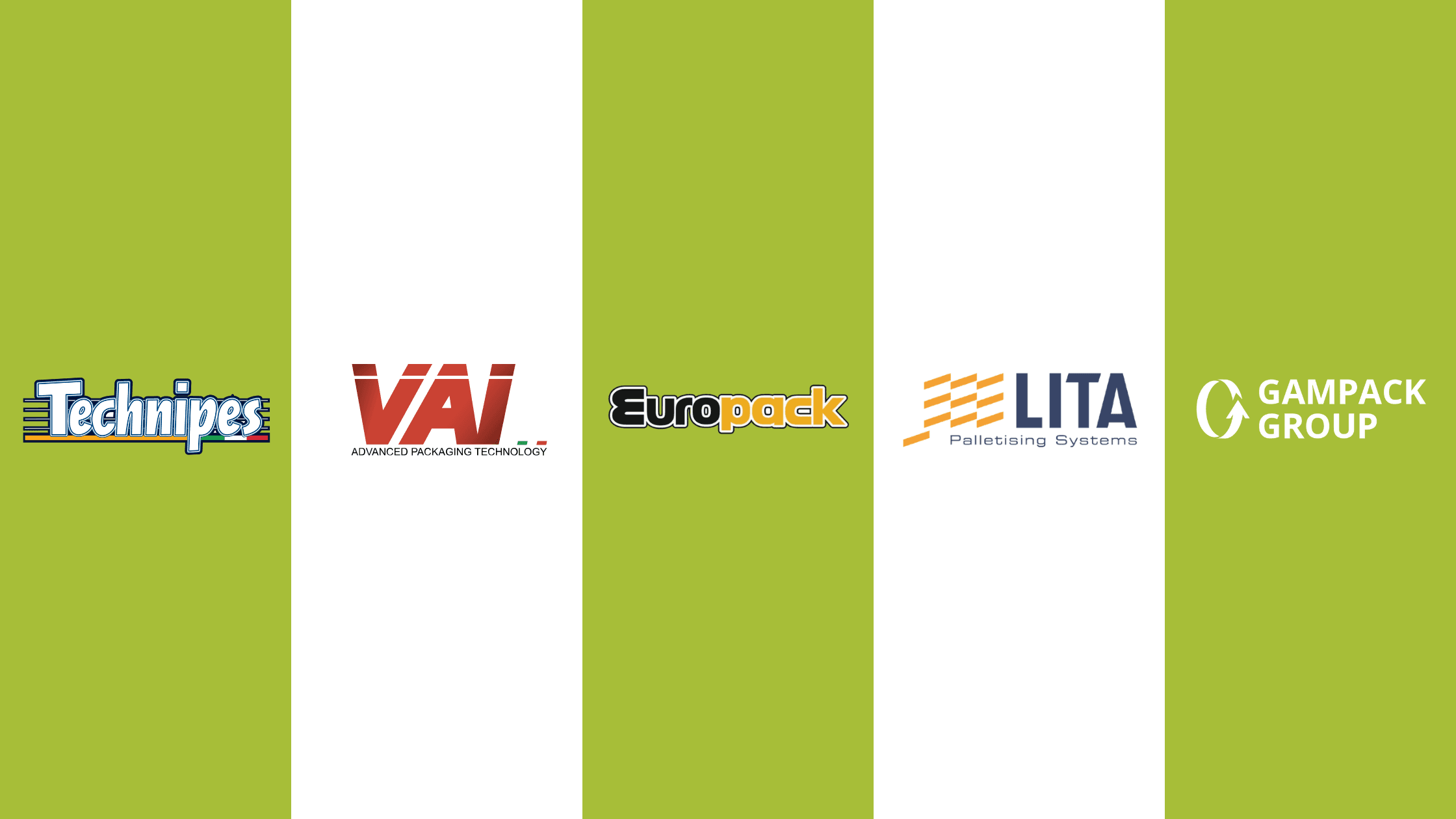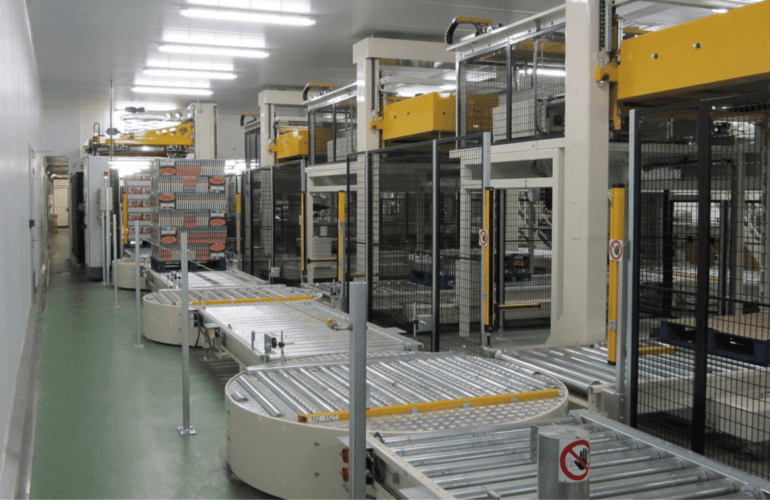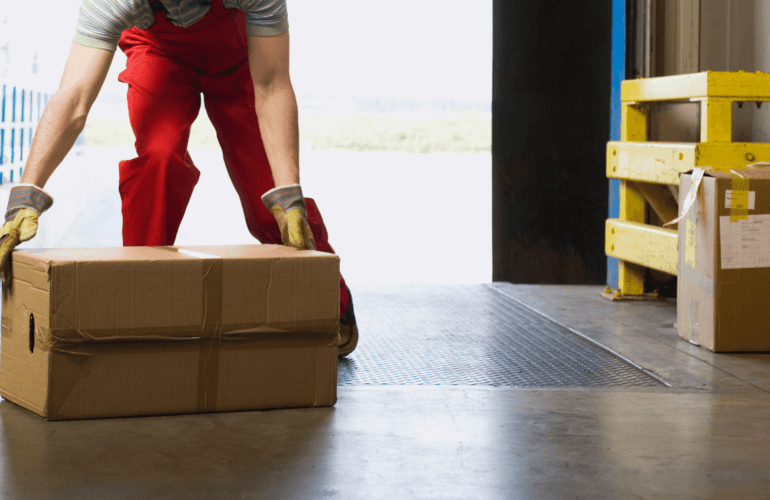End-of-line automation refers to the packaging solutions employed in the final stages of a manufacturing process, where products are weighed, packaged, labelled, palletised and wrapped in preparation for storage or distribution.
At PALpack, we work with trusted providers including Lita, Europack, Technipes and VAI to supply equipment for everything from sack-filling and shrink wrapping to check weighing and banding. In this blog, we’ll explore each type of machinery in more detail.
What does an end-of-line packaging solution include?
Automated packaging solutions can include conveyors, palletisers, sack-filling machines and other equipment designed to streamline operations, improve efficiency and enhance overall productivity in the final stages of production.
Conveyor systems are an integral part of end-of-line automation, ensuring items are moved to a palletiser quickly, efficiently and safely, ready for stacking. Different products require different handling methods and conveyors can be installed in tandem with other equipment to create a solution that’s bespoke to the plant layout and the types of items to be palletised.
Lita is one of the world’s oldest manufacturers of palletising and handling systems and specialises in handling equipment including bottle conveyors, pallet conveyor systems, vertical elevators and pack dividers, installed alongside conventional medium to high-paced palletisers. We also work with other specialist conveyor suppliers to design and manufacture non-standard systems that allow us to navigate around existing machinery and install palletisers and sack-fillers without changing your factory layout.
Palletisers – an automatic palletiser uses a robot or other mechanism to sort, transfer and stack products onto a pallet, either in bulk or one-by-one. Additional functions such as banding and stretch wrapping can be added and we can also check pallet weights when loading. There are three main types of palletiser:
- Cartesian or Gantry palletisers feature a structural beam and axis which, along with a gripping device, moves items in four directions to create complex pallet patterns. They are lower speed and lower output but highly flexible and have lower implementation costs.
- Layer palletisers are designed to load a pallet a whole layer at a time, making them quick and efficient(up to 60 packs per minute). However, whilst they may be faster and better for heavy and awkward packages, which a gripper can struggle to handle, they are not as flexible when it comes to complex pallet patterns, or when labels need to show consistently on the pallet sides.
- Rotating beam palletisers are manufactured by Europack. They have a relatively small footprint and are incredibly versatile, making them ideal for small spaces. The same machine can collect pallets, layer cards and have multiple lines feeding into the same machine.
Sack-filling machines – these fill, weigh and seal sacks and bags automatically. There are two types:
- Vertical Fill Form Seal (VFFS) sack-filling machines make, fill and seal plastic (or heat sealable material) bags on the same machine. This means they are extremely efficient but can’t be used for all products due to the heat-sealing method used. The VAI range of VFFS sack-filling machines can integrate devices such as scales, conveyors and printers, removing the need for multiple separate pieces of equipment.
- Pre-made sack-filling machines use pre-made bags, usually of paper construction, picked up from a magazine using a vacuum. They are filled to a specific weight, either through the open mouth of the bag or a valve, before being sealed with stitches, adhesive or ultra-sonically. Technipes offers the industry’s largest range of packaging machinery for dry products packaged in bulk which can be connected to other equipment such as palletisers to provide a complete solution.
Why invest in end-of-line automation?
From enhanced safety to better compliance, the benefits of adding end-of-line automation go beyond improving efficiency. By automating repetitive tasks, manufacturers can scale up their operations, deliver better quality products to customers and ultimately realise long-term cost savings.
To find out more, get in touch.




